How does one go from the business and financial sector to one ruled by creative and thoughtful design? Just ask Kate Lester! As owner of Kate Lester Interiors, Kate has successfully embraced a world where color is king and pattern is paramount, and her list of happy clients acts as true testament to her stylish eye and business-savvy instincts.
Harboring a life-long passion for design (she reminisces about taking advantage of her parents’ out-of-town getaways with a redecorating frenzy), Kate quit the office job she hated and went back to school to study design. This ended up being one of the best decisions she ever made and proves her point that “sometimes you have to go back in order to move forward.” Kate’s background also gives her the advantage of being able to manage both the business and creative sides of owning her own company—which, we can imagine, would be tough while maintaining 18-hour workdays!
It took a lot of hard work for Kate to succeed, but being able to give her clients their dream spaces is absolutely rewarding. For Kate, the sacrifices have all been worth it as she wakes up every day excited to see what the world has to offer—whether that be a new project or (spoiler alert!) a bun in the oven.
Her Starting Point
Many people find the transition between college and “real life” a bit daunting. Can you tell us about your journey between the two? What was your first job post-college?
My undergraduate degree was in Business, so my first job out of college was in the business/financial sector. I was making great money, but hating every minute of it. Most days instead of working in my corner office, I was thinking about how to remodel and re-design it. That was when I realized I needed to follow my passion.
Before pursuing a degree in design and architecture, you went to business school. Do you feel like that gave you a leg up in the interior design industry? Would you recommend that others interested in the field follow a similar path?
I absolutely think going to business school gives me a leg up on my competition. Most interior designers are creatives, and don’t like dealing with the numbers and the business side of owning and operating their own firm. I embrace it because it’s like second nature to me. My business knowledge gives our firm an advantage, because we have detailed procedures in place for budgeting and project management.
What about interior design sparked your interest? When did you feel like this was the right path for you?
I think deep down I always had a passion for design. My mom probably knew before I did though. In high school, every time my parents went out of town I rearranged and re-painted my bedroom. When I left the corporate world, I just knew I had to follow my heart if I wanted to be happy in a career for the rest of my life. It was a gamble, and looking back I am sure some of my friends and family were probably shaking their heads thinking, “What is she doing?”
Before starting your own design firm, you worked as the project manager for Mark Cutler Design. How did you know it was time for you to branch out on your own? What was the transition like, working for someone else to now working as your own boss?
I think it’s important that we back up and let the readers know that when I decided to go back to design school, I had to pay for that on my own. So I worked at a bar at night and went to school and studied during the day. I want readers to know that sometimes you have to go back in order to move forward, and doing whatever it takes is key. I had a business degree from USC and was working at a bar so I could follow my dream. It wasn’t glamorous, but it was a necessity. The funny thing is that we had just completed the design of that bar owner’s new home last summer!
Now back to Mark Cutler Design: Yes, I learned so much working for someone else once I had finished school. What to do, what notto do and how to run the day-to-day operations of a design firm. Mark was an amazing mentor to me, and involved me thoroughly in every aspect of his boutique firm. When my husband was promoted, we moved and my commute would have been over an hour, so that’s how I knew it was time. I had worked my way up from errand runner to Senior Designer, so I felt it was then or never. I just dove in. I am still learning every day!
Being my own boss is 100 times more challenging and rewarding all at the same time. There is so much responsibility managing million dollar interior design projects, and having full-time staff! But it’s like they say, “Nothing worth having comes easy.” When our clients are overjoyed with their homes, or my work is published, it’s worth all of the added responsibility and the 18-hour workdays!
Her Big Break
If we had the chance to peek at your schedule, what would an average day look like?
I wake up around 6:00 a.m. Check emails briefly, and then head to the gym. After that, every day is different! Mostly it’s a mix of time in the office, jobsite visits, meetings with vendors, shopping or designing and preparing new presentations and schemes for clients. I try to wrap up the day in the office with my staff to review any questions and project status reports. Then I head home with my laptop around 6:00 p.m. or so, have dinner with my husband and then usually do another two to four hours of work in the evening. I go to bed around 11:00 p.m. or midnight. I don’t sleep much. I once read that Martha Stewart only gets five hours a night, and look at all she has accomplished!
I also try to fit in a lunch or coffee outing twice a week, where I network with a new architect, contractor or business contact. I am constantly looking down the pipeline and making sure I am taking the time to network and generate new leads. I never just wait for the phone to ring or hope for new projects. Making connections and putting out feelers for new project possibilities is critical to the firm’s success.
Interior design seems like such a fun and exciting career. However, the pressure of designing spaces that people will love also seems pretty difficult. What is the most challenging part of your job? How do you keep yourself from getting burnt out?
I think the most challenging part of the job is actually two-fold. When I meet with clients sometimes I play designer, referee, therapist and sometimes friend. I love this part of my job, and helping couples and families create the home of their dreams is so rewarding, even if I have a few different job titles along the way!
The second challenge is actually time management and managing our client’s expectations. If we have five to eight different projects happening simultaneously, I always want to be clear about what I am capable of, and make sure I am not overextending myself. Sometimes I do get burned out, even though I try to balance work and play. My husband can usually tell right away, and he’ll take me out of town for a few days to relax and recharge.
When owning your own business there is always so much to be done. What resources do you rely on (ie: branding accounting, PR, etc)? How did you go about building your team?
In-house we have a staff of three—a bookkeeper/office manager, a design assistant and myself. Everything else is outsourced! One of the best things I learned in business school is that you don’t have to know everything, you just have to know how to outsource it. We have a fabulous PR firm, a CPA, a CAD draftsperson and Renderer who are all just a quick email away.
What do you consider your turning point as Kate Lester Interiors? When was the moment you really felt that you had made it in the interior design world?
I think just being able to do what I love every day is “making it” to me. But, when the first time my work was published in an international shelter magazine, I thought “Wow, I’ve come a long way from our first office in the guest room of my house!”
Her Perspective
What skills are essential to working as an interior designer? Do you think having an industry niche is important?
I think organization is critical to being successful in any career, as is creativity for the interior design field. I also think patience and excellent communication skills are key. Lastly, not taking yourself too seriously is really important. I always tell my team, “We’re not curing cancer…this is interior design!”
Translating passion into a career is tough. What advice would you give to women trying to figure this out?
Follow your passion, but remember it won’t always be easy. In my case, it was really just a lot of good old-fashioned hard work! I can’t say that every single day is bliss because I followed my dream. But I can say that I think I enjoy the challenges a little more because I know all the sacrifices I made to get here.
Staying fresh and innovative in today’s fast-paced world can be a challenge. How do you stay creative and where do you look for inspiration?
Everywhere! I was jogging this morning and stopped to pick up a flower that had fallen because I was inspired by its colors for a bedroom I am working on. It sounds crazy, but that also happens a lot when I travel. A window or a gate may inspire a color palette for a whole house! Also, the Internet is amazing! Websites like Etsy and Pinterest constantly keep me inspired, and remind me how many other outrageously talented creative people there are out there.
And finally, what do you wake up looking forward to? What’s next for your career?
I wake up and look forward to being able to experience everything another day has to offer. The ups, downs, good and bad are all part of the ride!
I recently found out that my husband and I are expecting our first child, so I would say the next step for my career is how to balance it with motherhood. Being a mother is something I have always wanted, along with being an entrepreneur, so it will be all about balance—and maybe another design assistant or two!
You May Also Like
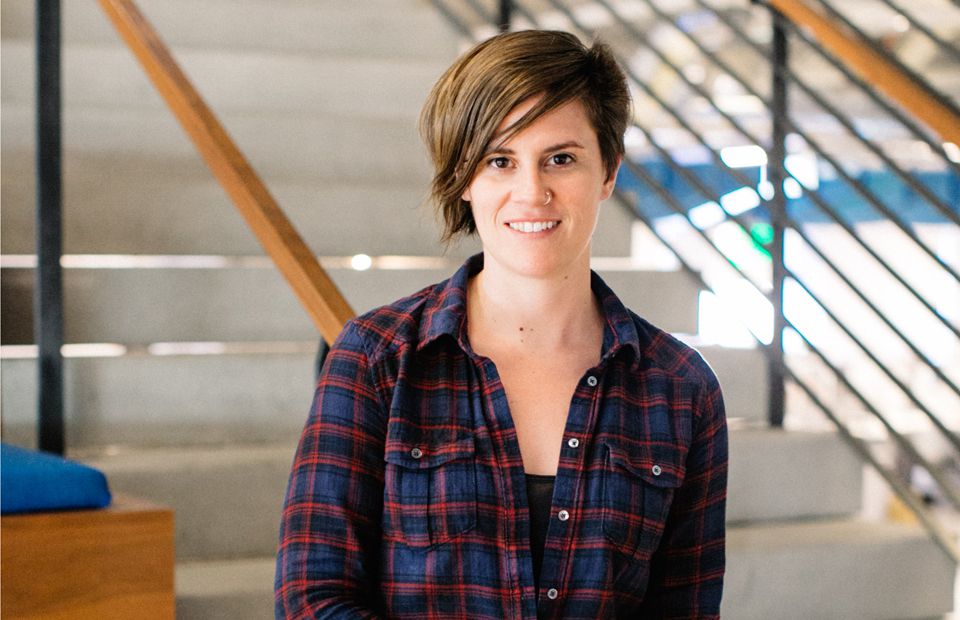
Media
How to Use Positive Reinforcement at Work—and Other Advice from a Pandora PM
"My advice to anyone who wants to get into product management is: check your ego at the door."
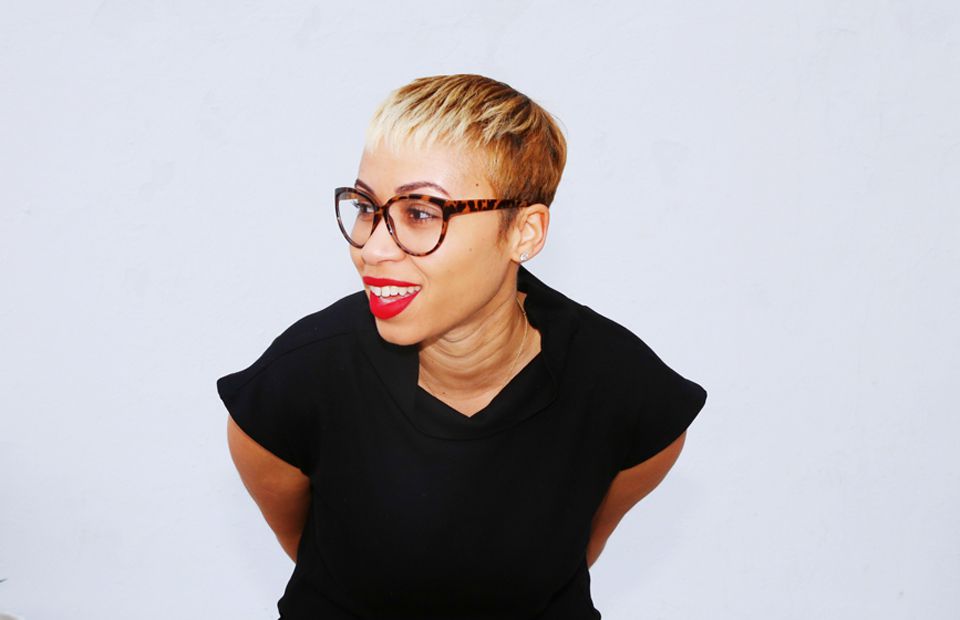
Media, Communications + Public Relations
How to Take Risks, Make a Switch, and Find a Career You Love—From a Woman Who's Done It 4 Times
Making your wildest dreams come true starts with understanding yourself—and Ahyiana Angel can help.
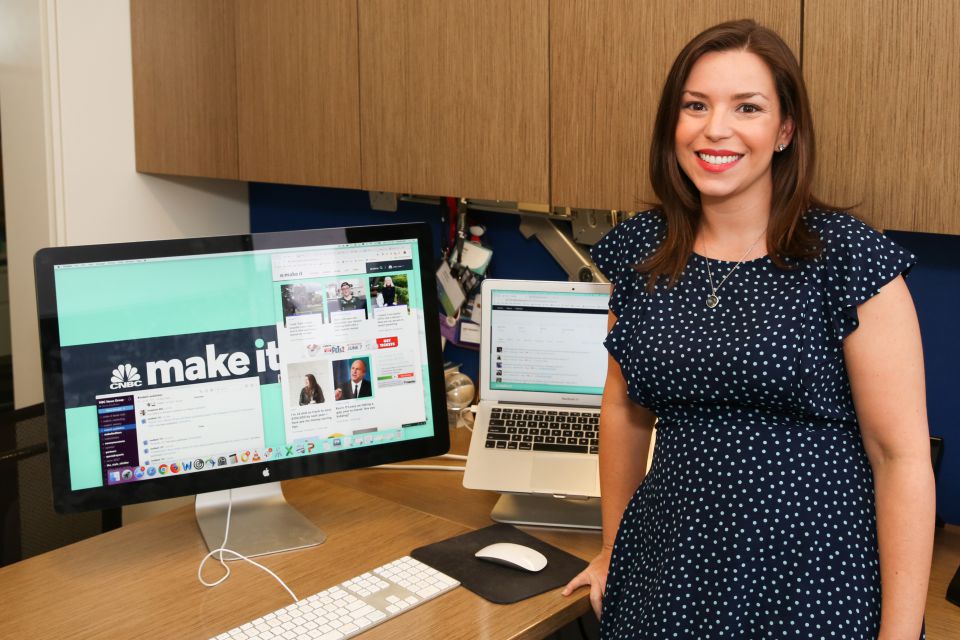
Communications + Public Relations
Creating Content That Empowers Audiences with CNBC's Digital VP and Managing Editor
This week, we interviewed Jenna Goudreau, the VP and managing editor of CNBC Digital. Let's learn how she keeps her powerhouse content creation machine going.
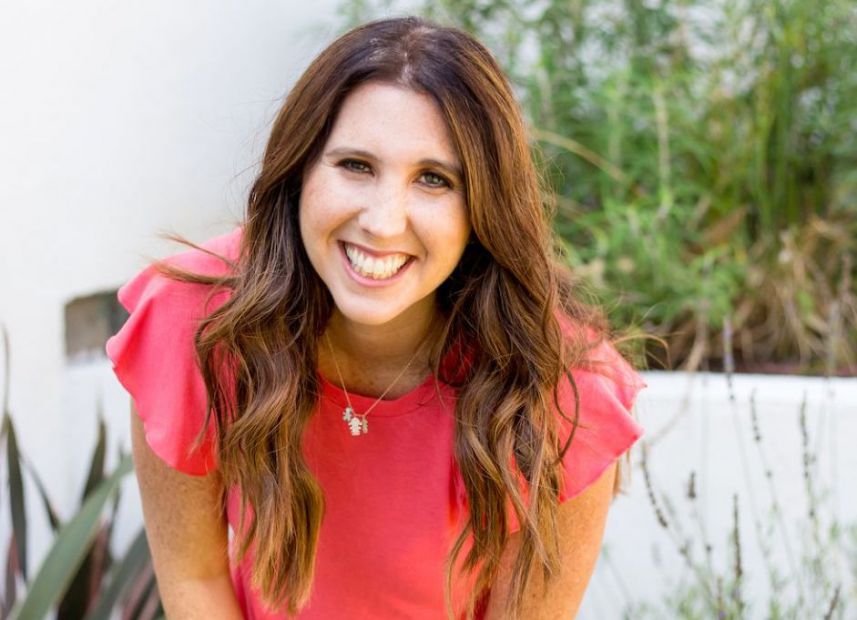
Entertainment
Working Creatively From Home with Cathy Heller
Cathy Heller is a singer, songwriter, entrepreneur, mother—and now, an author. Determined to lift others up to the "happiest versions of themselves," this queen of the hyphenated job title, leads by example. She shared how to build a fulfilling career in a creative field—all while working from home.
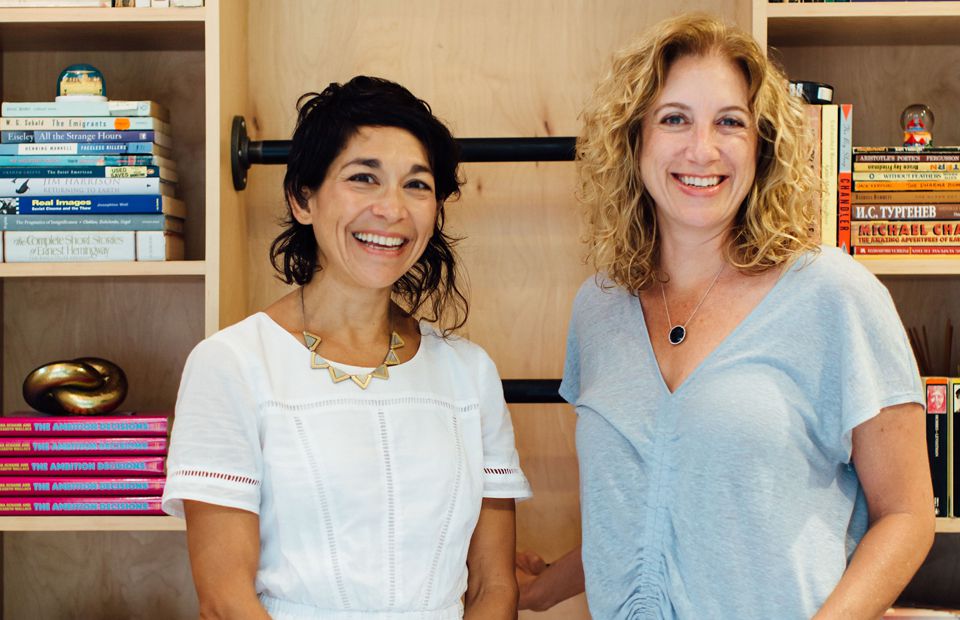
Media
Women, Work, and What It's Like to Write With Your Best Friend—From the Authors of The Ambition Decisions
"We should all give ourselves permission to challenge the things we think can’t be challenged."
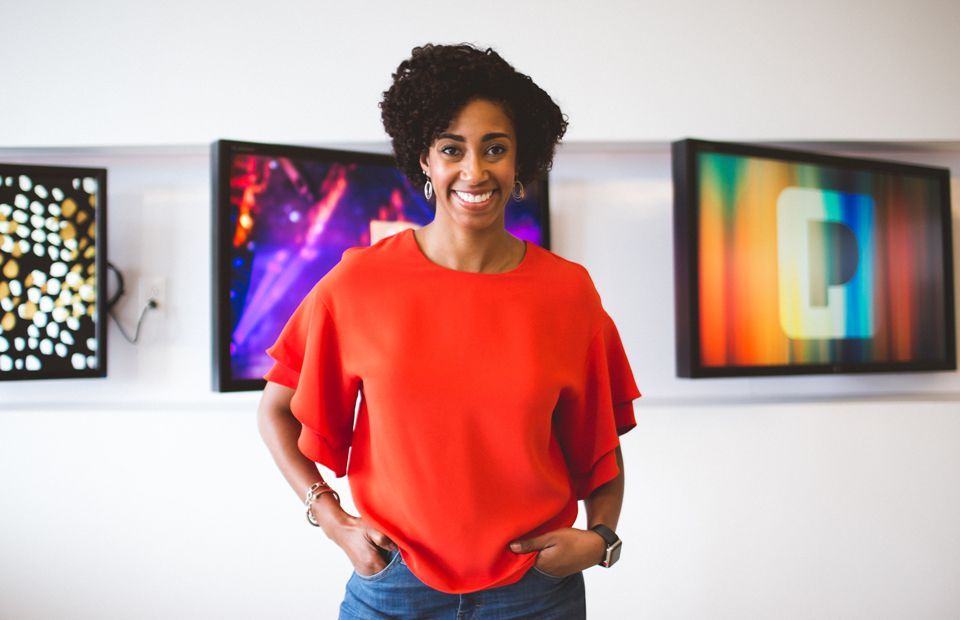
Media
A Director at Pandora on Staying Present, Celebrating Others, and Learning From Failure
"Share your wins, but most importantly, share what your growth areas are, share when you fail, share how you bounced back."
Get the Best Career Advice Delivered To Your Inbox
Join our newsletter to stay in the loop.
